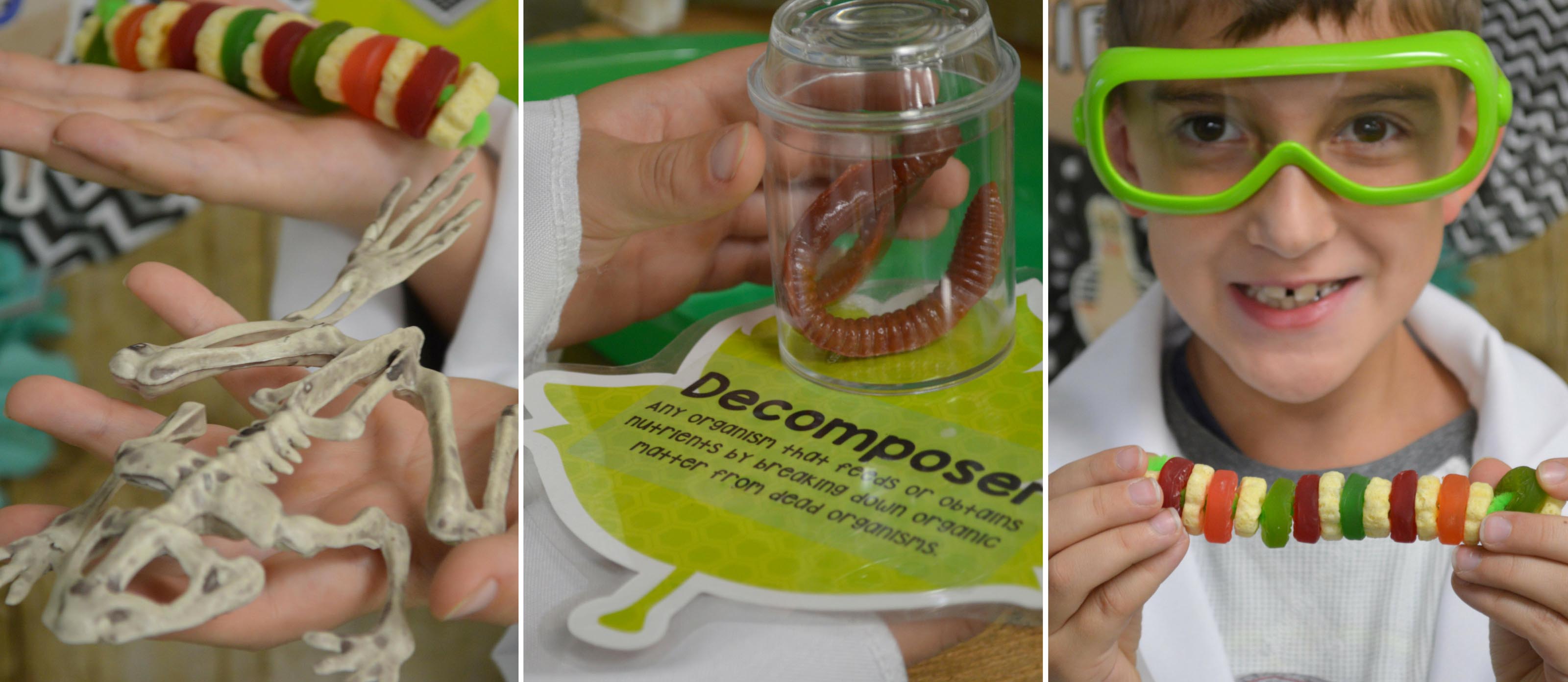Grab your science coat and goggles and get ready to explore as we take a closer look at classifying living things. Help your students learn about different types of living things by teaching them to classify vertebrates and invertebrates. This is always such a fun unit to teach! Everyone loves it and has had some experience with animals of all types. Your students will love getting their hands on some wriggly worms and creating their own model of a backbone.
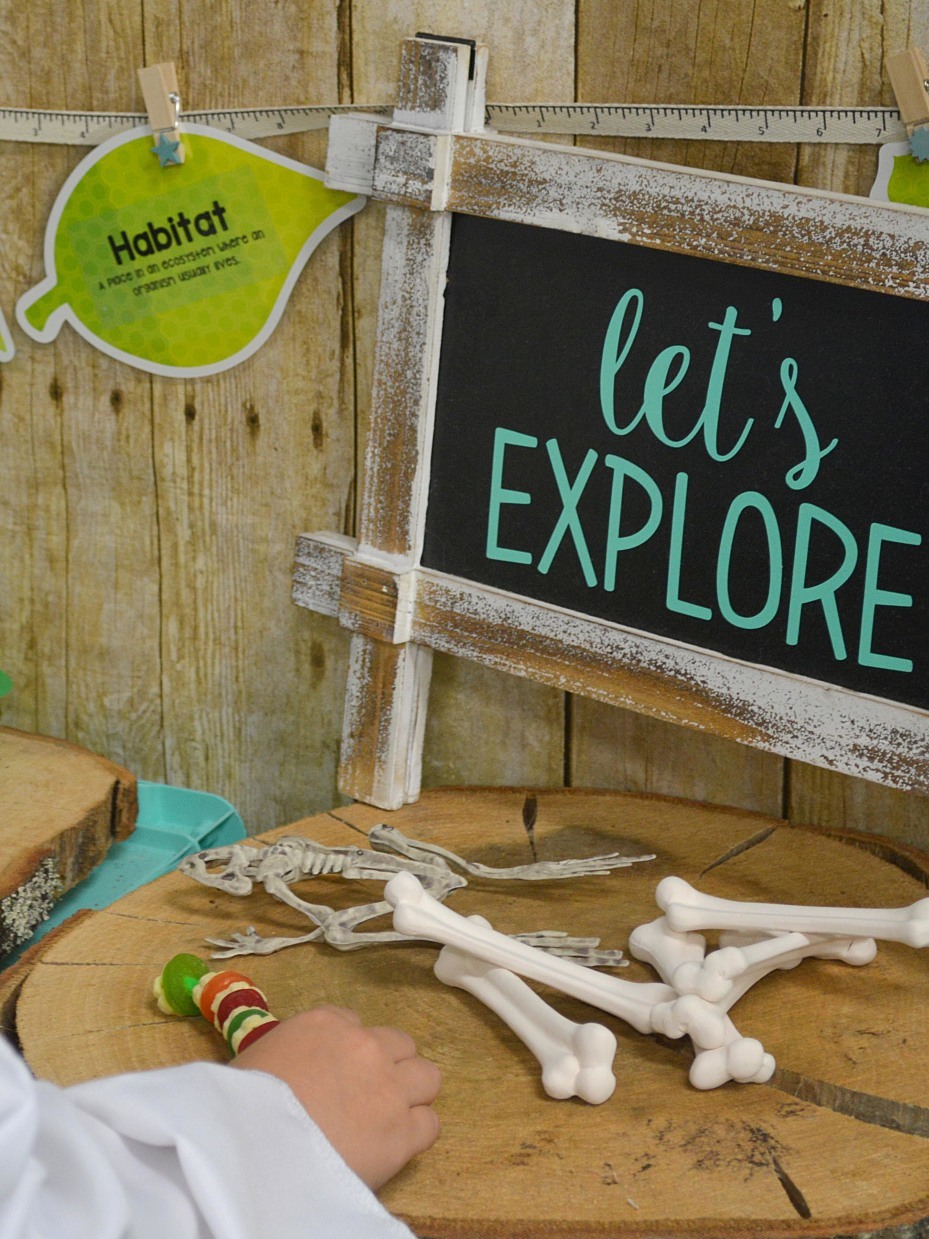
Set the stage for your students to engage in free exploration. I love to create an area that's easy to manage, low maintenance and offers a space where we can add to what we learn as our science unit develops. My room has limited space so I had to think outside the box. I ended up making a low bulletin board on one of my walls then scooted up a couple of milk crates and used them as a base for my tree ring table tops. These were a lesson all in themselves. My students loved seeing all of the rings and marks hidden deep within a tree. I was lucky enough to have someone in town that cut these gems for free.
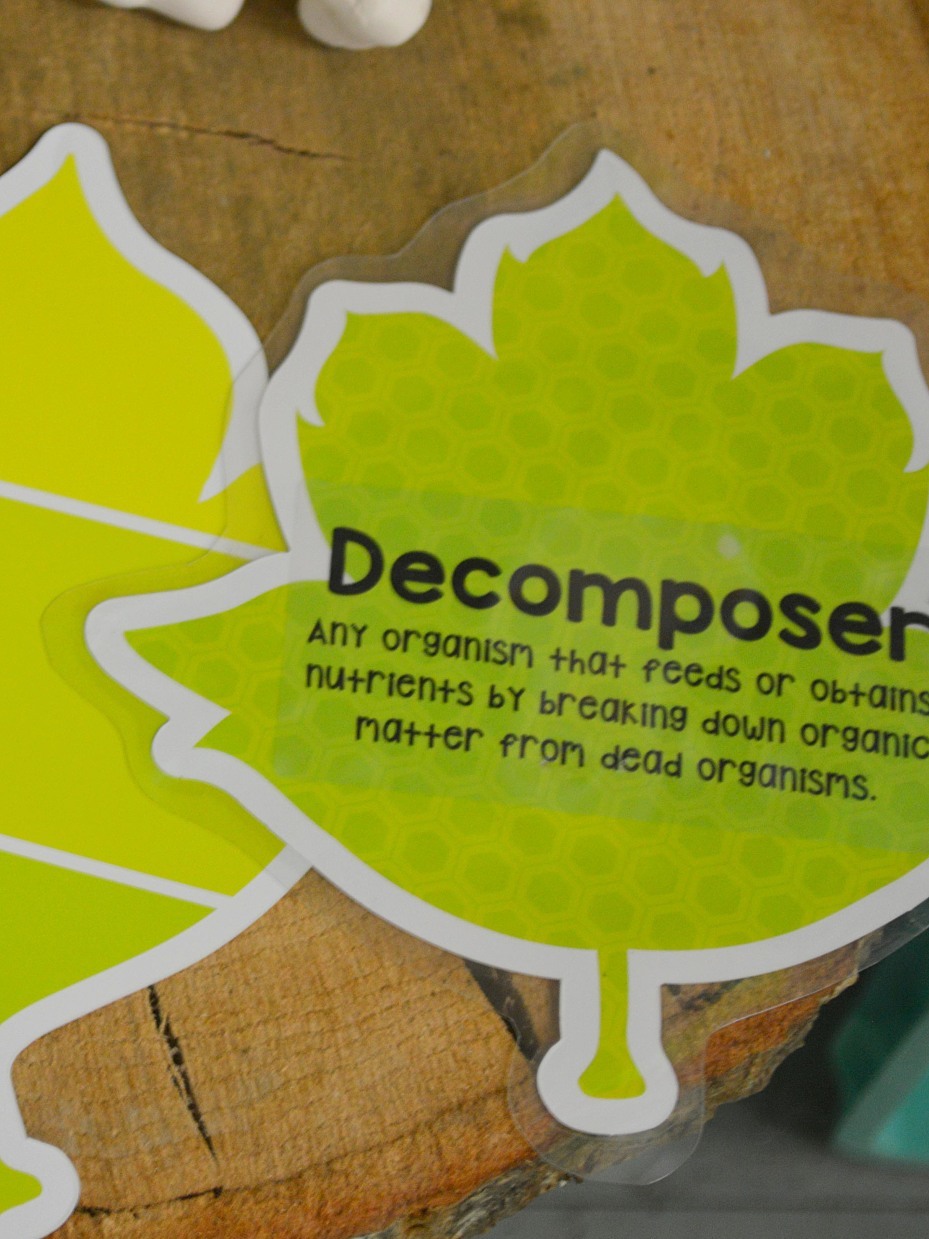
Above my little crate tables I created a vocabulary wall that my students could easily add to. Just hang a line of ribbon with some clothespins and you're good to go! I took leaf cutouts and used clear labels to create vocabulary cards. As we add new terms and learn more about our science concepts we add more to our clothesline. This is a great way to display our words and to also provide a quick way for students to access the vocabulary terms to use as they learn new concepts. Some weathered wood paper and border trim and tissue fans really helped create a fun look.
Shop It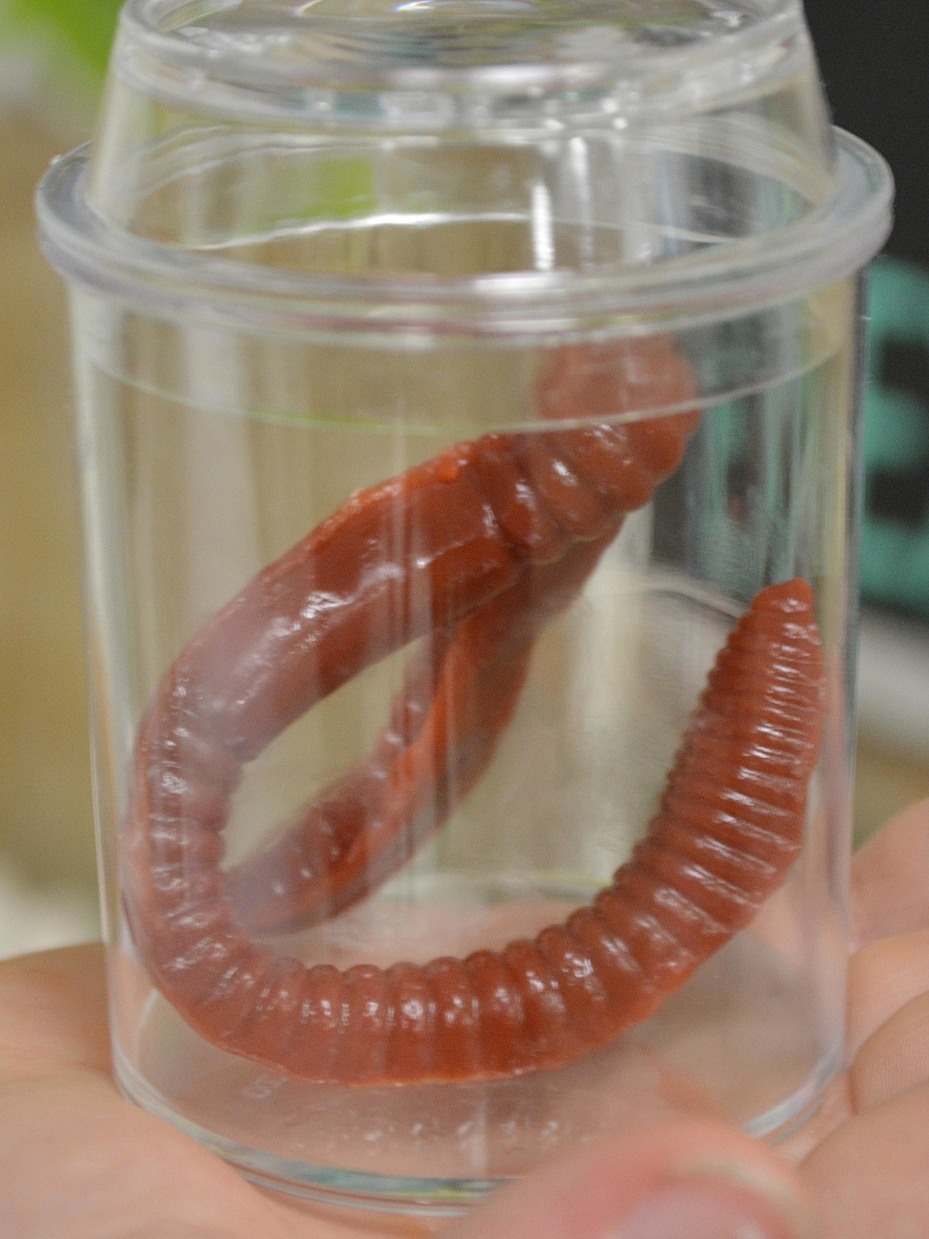
Now that your students have had a chance to explore a little, offer them opportunities to get hands-on and make their observations. I love getting started by having my students explore invertebrates. I have each student take an earthworm and watch it move up close on a tray. Simply put some gravel, moist soil and moss onto a tray and have students predict which one the worms will be attracted to. This is a great way to start a discussion on what earthworms need to survive and how they are great decomposers. My students also love using the bug viewers to get up-close with their wriggly worms. Of course nothing beats feeling them move in your hands!
Shop it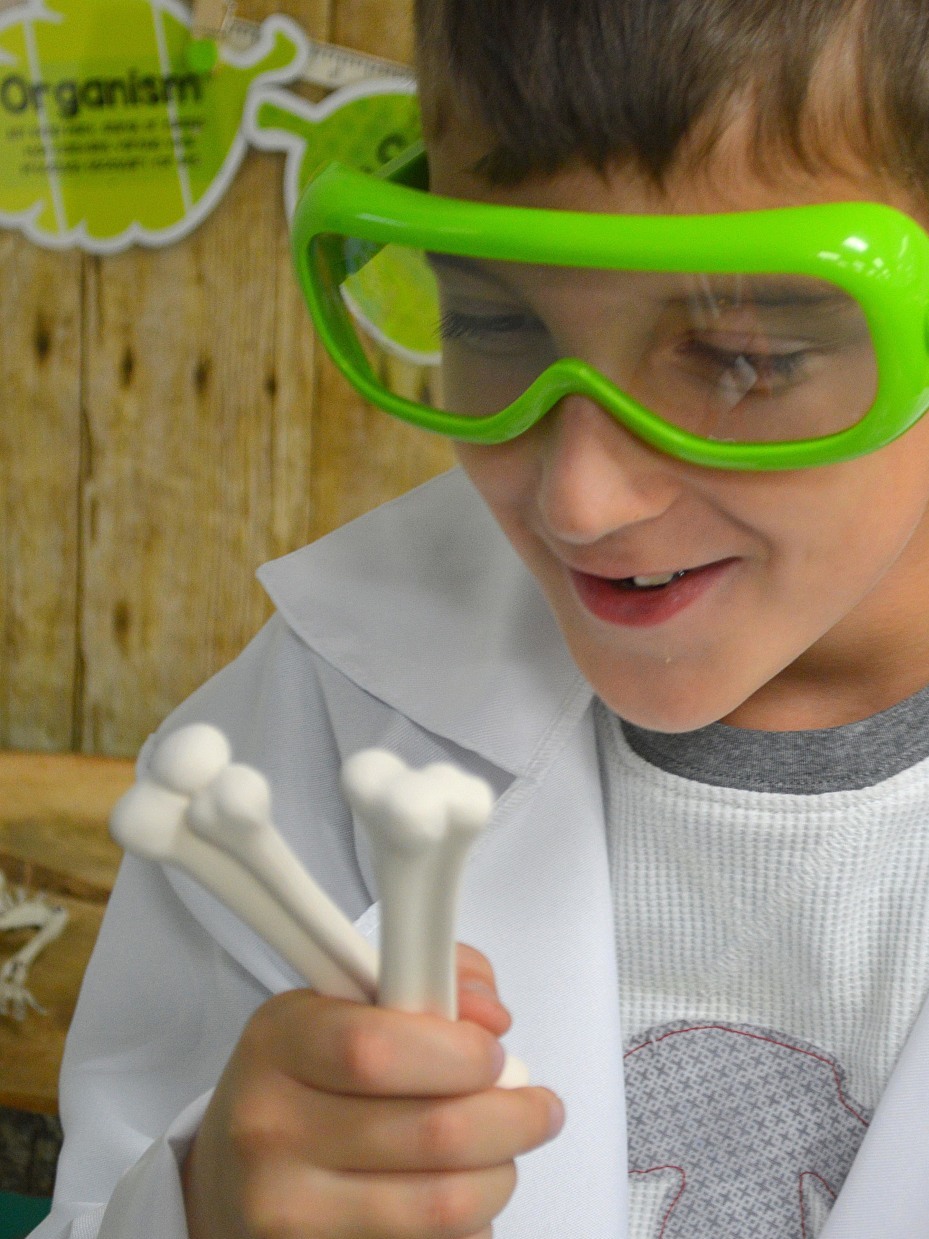
Now that we know what an invertebrate is we can take a closer look at vertebrates; those animals with a backbone. It's hard to find good models of skeletons, so synthetic ones are usually my go-to in the classroom. I added a few ceramic bones to our science center, so my students could see how hard bones could be yet how breakable they can be as well. A few animal skeletons also made a debut in our exploration station. My students loved comparing the frog from our lifecycle set to the frog skeleton. While these are just models it gets those inquisitive minds thinking and making connections that help them relate to what they are learning.
Shop It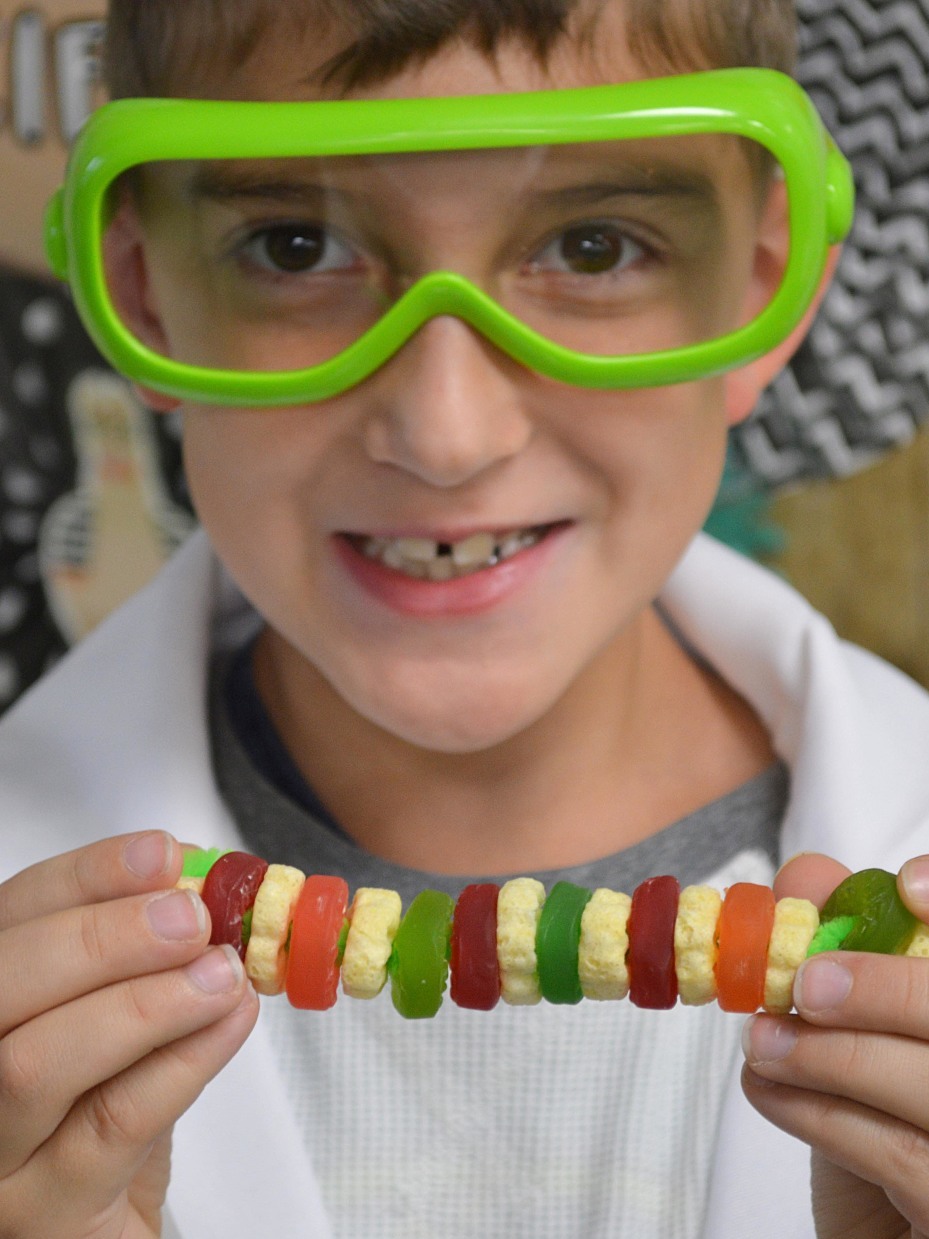
With so much to explore in our science center it's important to create activities where your students can use what they have learned to create their own models. Creating a model of a backbone is simple to do and a little tasty, too! Give students a challenge; have them take a chenille stem, cereal wheels, and gummy lifesavers then challenge them to create a backbone that bends and moves. Rather quickly students will determine that they need to alternate the cereal and the gummy. Explain to your students how this models a spine and its vertebrates. The soft tissue in between helps the spine to move and bend. They can feel the spiny ridge and the soft middle as they rub their finger down their model.
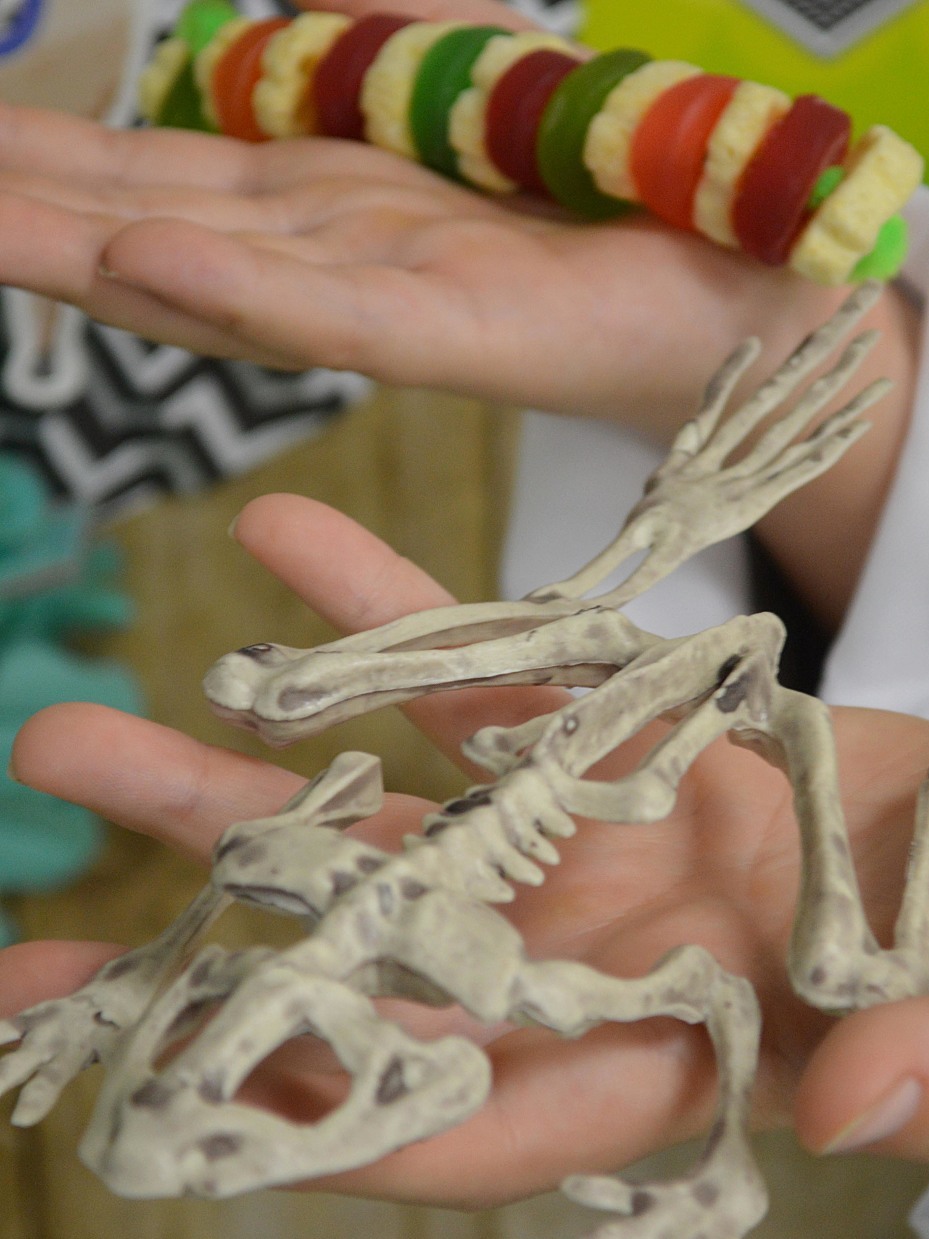
Take a moment to compare the backbone models to the animal skeletons. Have your students feel the ridges of the bones and see how they move and bend. You can add these to your science exploration station so students can examine them and compare them to the other models. Now that your students know the difference they can work in teams and classify animals as vertebrates or invertebrates based on all that they have learned.
Shop It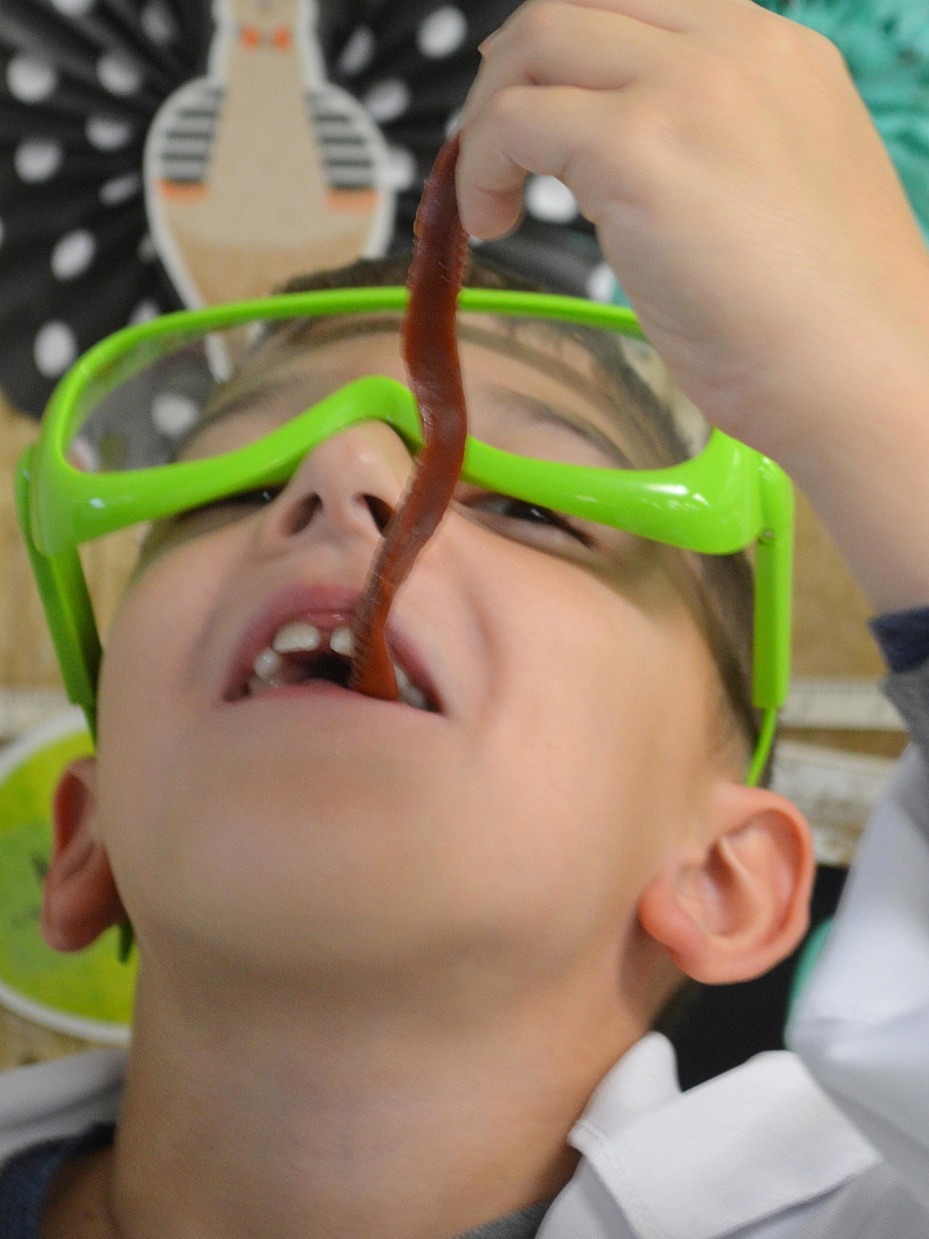
With all of this learning our scientists deserve a treat! To reward my students I finished our activities with a wiggly treat. These gummy worms were so realistic! Before they gobbled them all up we used them to draw a picture in our science journals. My little scientists labeled the earthworm's parts and even wrote down a few fun facts they learned about our favorite decomposers.
Shop It

